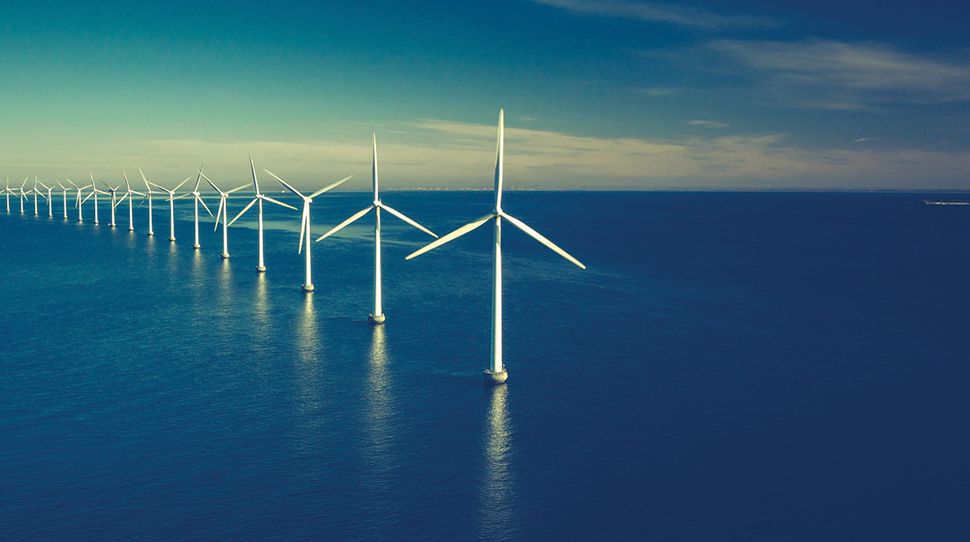All about a balloon

Monthly House View - March 2023 - Download here
The headlines in February were captivated by the story of a Chinese balloon floating over US territory, the explosion of which shattered hopes of any improvement in Sino-American relations. This is not the first such event. No fewer than 163 balloons were identified in American airspace between March 2021 and August 2022. The two countries are accusing each other of espionage. In the end, this balloon story is nothing new under the sun, the deglobalisation trend, or, rather, regionalisation, is merely continuing its ascent.
The trend is indeed rising to new heights, as seen in the Asia-Pacific region, bolstered by the landmark Regional Comprehensive Economic Partnership (RCEP), accounting for one-third of the world’s population, GDP and trade. Over 50% of the trade in these countries now occurs within this region and this percentage continues to climb.
Beyond regionalisation, there is also the accelerating trend of supplier diversification, particularly since the COVID-19 crisis. A prime example of this phenomenon is Europe’s natural gas supply. Over reliant on Russia supply until 2022, Europe has now increase the number of suppliers by importing liquefied natural gas (LNG) from the United States and Africa.
The question that arises today is whether the diversification of Europe's gas supply for Europe and the energy crisis are not in contradiction with the energy transition and diversification towards renewable energy sources. Most US natural gas is extracted by fracking, a technology widely banned in the European Union for environmental reasons. American LNG is more energy intensive than Russian natural gas conveyed by pipeline as it has to be cooled and pressurised before being shipped across the Atlantic.
Though the reopening of the global economy post-COVID has proved damaging for the climate and CO2 emissions, the energy transition is nevertheless afoot.
While CO2 emissions from fossil fuels are expected to have increased 1% between 2021 and 2022, the highest level ever recorded, emissions are expected to have decreased in China and the EU in 2022. China built as many offshore wind farms in 2021 as the rest of the world in the last five years and the country is now home to approximately half of the world’s offshore wind farms. But perhaps the key challenge ahead is achieving independence in the metals and rare earths vital to the energy transition. Seen from this standpoint, the spy balloon episode is merely a pretext, illustrating the increasing pace of regionalisation and subsequent need for supplier diversification.
The incident has yet to fully deflate, but we remain optimistic that the economy will prove more resilient than expected this year. In an economic environment more robust than expected just a few months ago, two countries continue to surprise on the upside:
- First, China, through the reopening of its economy after three years of lockdown. The country’s recovery is being driven by demand rather than investment. We see the surplus in household savings as a positive driver for consumption and investment in financial markets as the population seeks to diversify its savings for retirement.
- Second, the United States, which has thus far held up astonishingly well to pressures stemming from the increase in interest rates. US households remain confident and continue to consume against a backdrop of very low unemployment.
The surge in equities since autumn of last year has probably largely priced in these improvements, which is why we remain tactically cautious and wait for a slowdown before reinvesting.
Monthly House View, 17/02/2023 release - Excerpt of the Editorial
February 27, 2023




